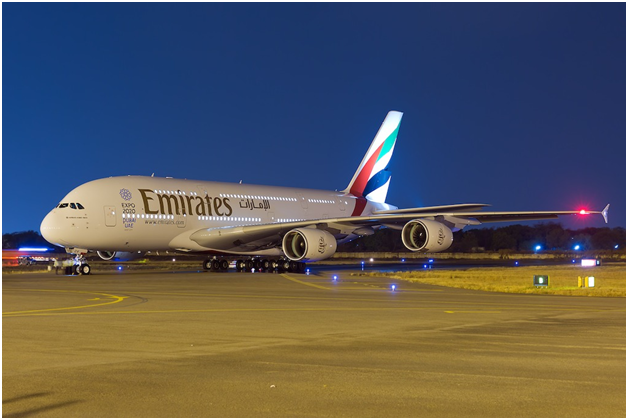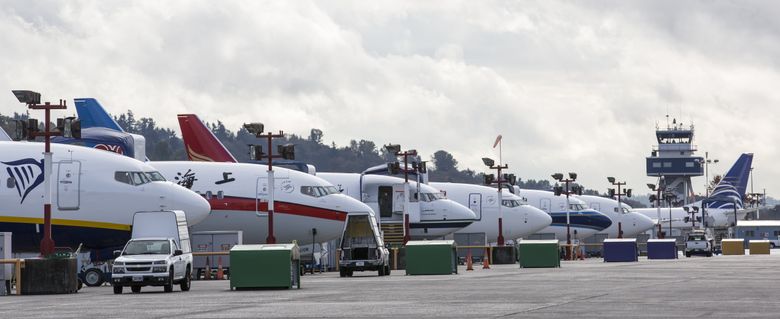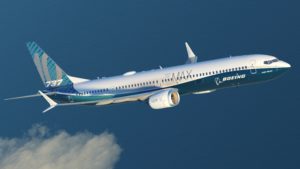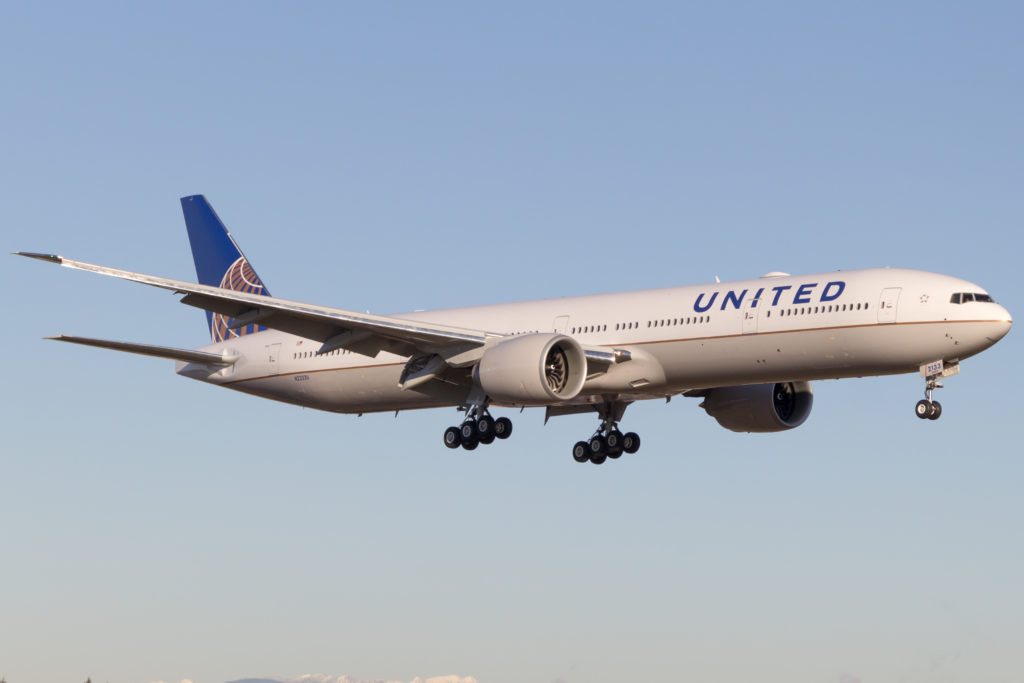Leeham News and Analysis
There's more to real news than a news release.
Pontifications: Boeing MAX 10, “797” NMA dominated ISTAT headlines

By Scott Hamilton
March 13, 2017, © Leeham Co.: The soft launch of the Boeing 737-10 and the prospective Boeing “797” Middle of the Market aircraft easily were the headline news items to come out of the annual ISTAT conference in San Diego last week.
The “797,” as the MOM-sector aircraft was unofficially dubbed, brought enthusiastic reaction.
The MAX 10, not so much.
If Boeing builds MAX 10, will customers come?
Subscription Required
Introduction
March 7, 2017, © Leeham Co.: If Boeing builds the 737-10, which appears increasingly likely, will customers come?
This is always the multi-billion-dollar question for any aircraft and engine manufacturer.
For Boeing, launching the 737-10 is a low-risk, and in the eyes of many, futile effort to stem the bleeding of market share between the MAX 9 and its rival, the Airbus A321neo.
- “That’s the most absurd thing I’ve ever heard. What is he, flying downhill?” Airbus’ John Leahy reacting to claims by Boeing’s Randy Tinseth that the 737-10 has more range than the A321neo.
Depending on who’s counting and how the numbers are calculated, the A321 sales outpace the MAX 9 by a factor of four or five to one. LNC calculated last year that the ratio is more likely 3:1, identical to the market share split between the predecessor airplanes, the 737-900ER and the A321ceo.
Pontifications: Boeing 737-9 roll-out–Nothing Special in the Air
March 6, 2017, © Leeham Co.: Boeing rolls out its 737-9 MAX tomorrow.
Last week, I received a call from one of the network/cable news organizations asking, What’s special about this airplane?
The answer is: Nothing.
United: the road back
By Bjorn Fehrm
Introduction
February 1, 2017, ©. Leeham Co: A headline from one year ago read: “UNITED’S QUEST TO BE LESS AWFUL: A bungled merger. A corruption scandal. Three CEOs in a year. But hey, at least the snacks are free again.” (Bloomberg 14 January 2016).
“Things have changed, but not everything is fixed yet,” said Gary Laderman, United’s SVP Finance, Procurement and Treasurer, at the Airline Economics Growth Frontiers conference in Dublin last week.
Laderman then candidly went through the history, the fixes and why there is more to come. Read more
A380, from flagship to LCC mass transport
By Bjorn Fehrm
January 23, 2017, ©. Leeham Co: The Airbus A380 was introduced as the flagship aircraft for an airline’s fleet. Legacy carriers with a large long-haul network introduced the aircraft on the routes with the most traffic in the network. After an initial rush of inductions, only Emirates continued to buy the aircraft in larger numbers. The aircraft had become too large for the airlines which sought frequency over capacity at their hub airports.
Airbus and its leasing partner, Amedeo, are convinced the aircraft will have a second spring when airport congestion has grown in the next decade. Until then, both are seeking the market niches that will keep production at minimum one aircraft per month.

We sat with Amedeo’s CEO, Mark Lapidus, at the Air Finance Journal conference in Dublin to find out what market will require a new or used A380. Lapidus has spent the last two years in meetings with the world’s major airlines, discussing all aspects of operating an A380. He presented some surprises.
Pontifications: Airbus, Boeing single-aisle production rates solid
Jan. 23, 2017, © Leeham Co.: The global economy is softening and airlines are deferring airplanes, but we don’t see Airbus or Boeing trimming aircraft production for their single-aisle airplanes.
Over-sales and rising fuel prices support today’s A320 and 737 production rates and the increased rates previously announced by Airbus and Boeing.
While oil prices are low compared with the pre-Great Recession levels, Embraer’s John Slattery noted that fuel costs went up more than 48% last year alone. Fuel now costs more than $50/bbl. West Texas Intermediate Crude was selling at $51.08 Thursday, off $1.40. There will be ups and downs, but the trend is up.
Slattery, the president of Embraer Commercial airplanes, believes “fuel efficient fleets will become more critical in the coming years,” he wrote in a Tweet Jan. 7.
Airbus, Boeing deferrals may indicate slowing global economy
Subscription Required
Introduction

Boeing 737 flightline at Boeing Field: 737s awaiting delivery. Seattle Times photo via Google images.
Nov. 17, 2016, © Leeham Co.: The deferral by United Airlines of 65 Boeing 737-700s announced Tuesday caused some observers to conclude this has a negative impact on the manufacturer, but this may well overlook a larger issue.
UAL is the latest “quality” airline to announce deferrals to reschedule capital expenditures or because of not needing the aircraft now.
Softening yields, particularly among US airlines, indicate over-capacity despite load factors of 85% or more, say industry observers.
While the backlogs of Boeing and Airbus remain solid today, do the actions of several major airlines indicate the leading edge of a global economy that’s beginning to soften?






Norwegian, others have vision; US airlines don’t
Subscription Required
Introduction
Dec. 5, 2016, © Leeham Co. Last weeks’ approval by the US Department of Transportation of a license for Norwegian Air Shuttle to operate long-haul, low-cost service to and from the US drew immediate fire from labor unions over anticipated US job losses.
Iceland’s Loftleider Airlines, one of the first trans-Atlantic low-cost carriers. Photo via Google images.
But their view is too narrow.
It means more jobs for Boeing and its supply chain, which are also heavily unionized. It means benefits to US exports.
But overlooked is the next evolution in long haul travel that starts next year.
Summary
Read more
Leave a Comment
Posted on December 5, 2016 by Scott Hamilton
Airbus, Airlines, American Airlines, Boeing, Delta Air Lines, Emirates Airlines, Leeham News and Comment, Premium, United Airlines
737-8, 737-800, 737-9, 737-900ER, 767, 787, A321LR, A321NEO, A330, Airbus, American Airlines, Boeing, Delta Air Lines, Icelandair, Laker Airways, Loftleider, SkyTrain, United Airlines